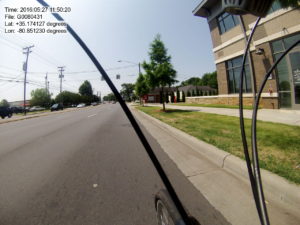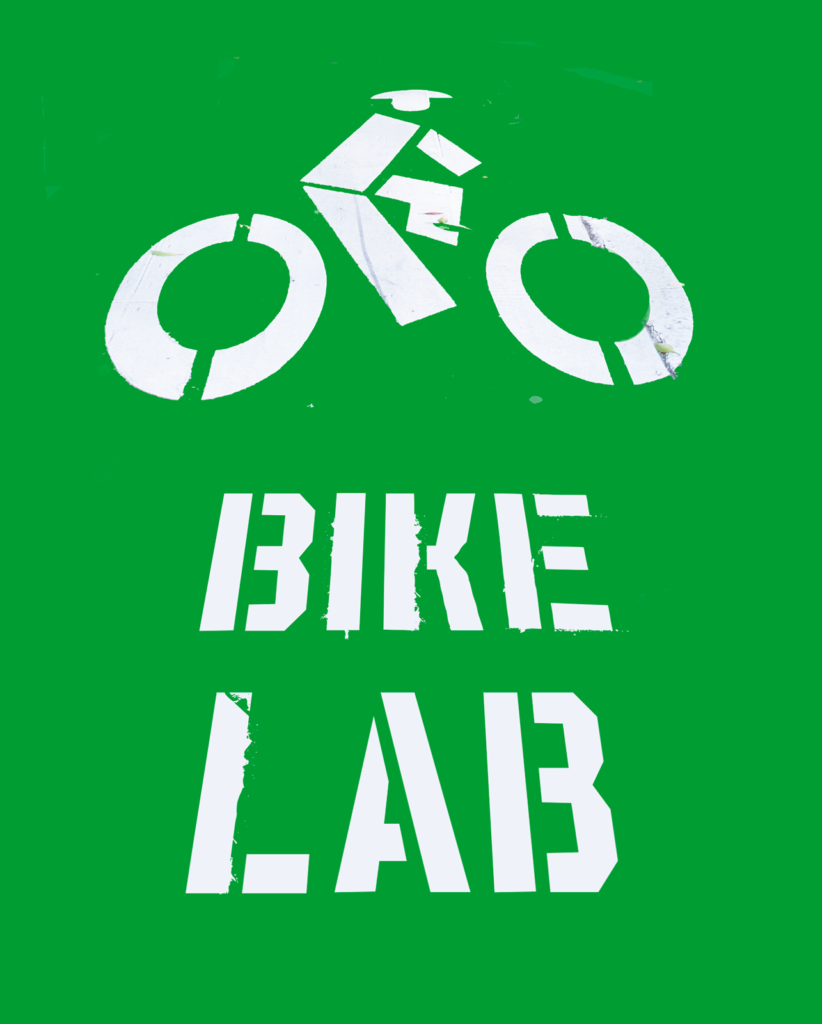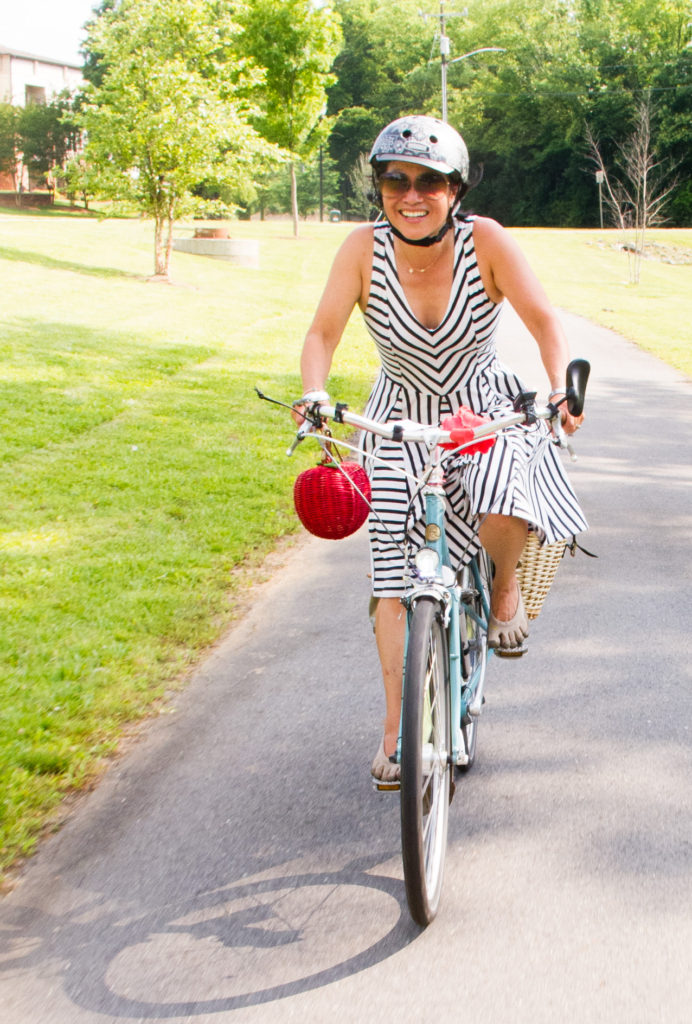After the breakfast meetup on Friday, I rode in to the government center with Matt Magnasco, one of the designers for Charlotte’s Department of Transportation. There, I met with Matt and his colleague Ben Miller, also a cyclist. Matt and Ben do most of the design on bike-related projects in Charlotte.
Charlotte does not have a funded bike infrastructure program. They have a bicycle and pedestrian coordinator position, but it isn’t allocated specific staffing or funding. (The person in that role was retiring the same week I was there, so unfortunately I missed being able to meet with him). Lacking dedicated funding, bike infrastructure projects have been approached on an opportunistic basis; as road paving or development projects come up, they’ll try to put in a bike lane stripe or other accommodation, but there isn’t a coherent plan for facilitating utility cycling. This may be partly because Pam, the most influential member of the cycling community, advocates for education over infrastructure, but it’s also because of city politics.
The Charlotte city council adopted a Complete Streets policy some years ago, but clearly hasn’t provided funding for it. It has affected building codes but not really city practices. Matt took me on a ride after our meeting, and one of the streets we took was Park Road, a 6-lane “high cycling stress” arterial south of downtown. I mentioned that on this stretch, you could probably narrow the grass verge to carve out a decent space for bikes; Matt’s response was that developers (which are going up all over Charlotte–new buildings and cranes everywhere) are required by the Complete Streets policy to have a grass verge to provide an “environment for pedestrians.”

Now, while an extra six feet of building setback is better for pedestrians than having the building right up against the street, this little bit of greenish-brown grass and a token tree isn’t really providing an environment for pedestrians; it’s still going to be an unpleasant place to walk. A real Complete Street project on this stretch would look at reducing the traffic lanes (the road is legitimately busy but still probably overbuilt), and providing dedicated, separated space for non-motorized users.NACTO guidelines can tell you where to put curbs and lane stripes, but they can’t navigate the politics for you. Right now the bike and pedestrian volumes are quite low (more on counts later), which makes it hard to justify a project which would surely be controversial. (Pam speculates that CDOT avoids doing bike counts because they’re worried the low numbers would cause problems for future projects).
I felt like Matt and Ben were both guys who understand the issues and want to do the right thing, but Charlotte hasn’t committed to a real investment in utility cycling, so they’re pretty limited in what they can affect. Perhaps a new bike and pedestrian coordinator will find a way to exert more influence.


